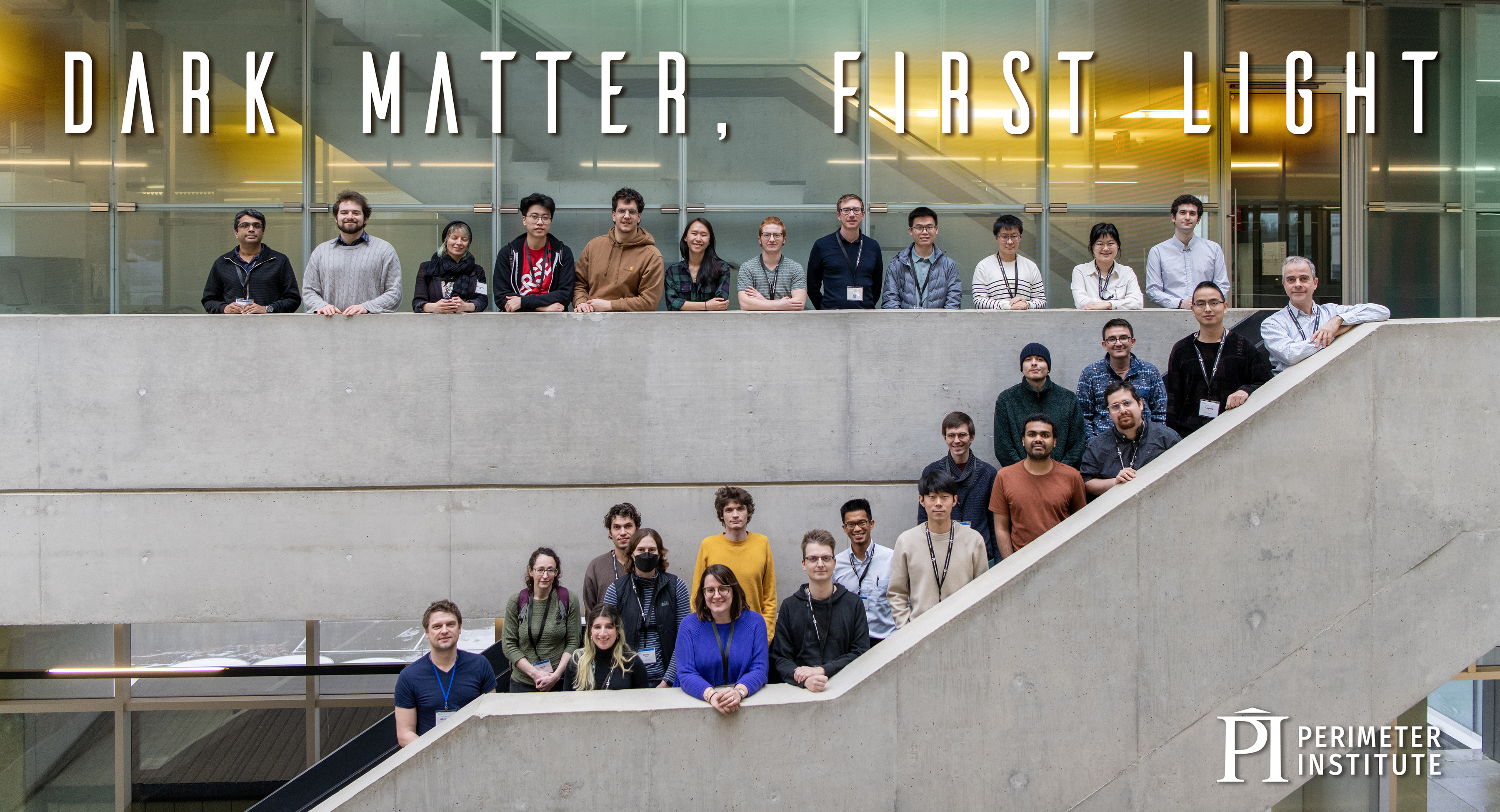New observational programs and techniques are opening a window to the first galaxies in the universe and bringing surprises along the way. In this workshop, we'll explore how dark matter phenomenology may have impacted the first stars and galaxies, focusing on how improved modeling and simulations can allow us to use new and upcoming high-redshift data to gain insight into dark matter's fundamental nature.
Sponsored in part by:


Format results
-

-

Probing Dark Matter Energy Injection in the Cosmic Dawn with the 21-cm Power Spectrum
Yitian Sun Massachusetts Institute of Technology (MIT)
-

How Dense is Early Dark Matter Structure?
James Taylor University of Waterloo
-

Zero Metallicity with Zero CPU Hours
James Gurian Perimeter Institute for Theoretical Physics
-

-

Panel Discussion: Theory/Observations/Simulations - what will save us?
-
Wenzer Qin Massachusetts Institute of Technology (MIT)
-
Yitian Sun Massachusetts Institute of Technology (MIT)
-
Boyuan Liu University of Cambridge
-
-

-

Effects of primordial black holes on early star formation.
Boyuan Liu University of Cambridge
-

Kinetic decoupling and the matter distribution at high redshift
Benjamin Lehmann Massachusetts Institute of Technology
-

-

Illuminating Hidden Sector Dark Matter With Early-Forming Microhalos
Himanish Ganjoo Observatoire de Paris
-

The role of dark matter in supermassive black hole mergers
Gonzalo Alonso-Alvarez